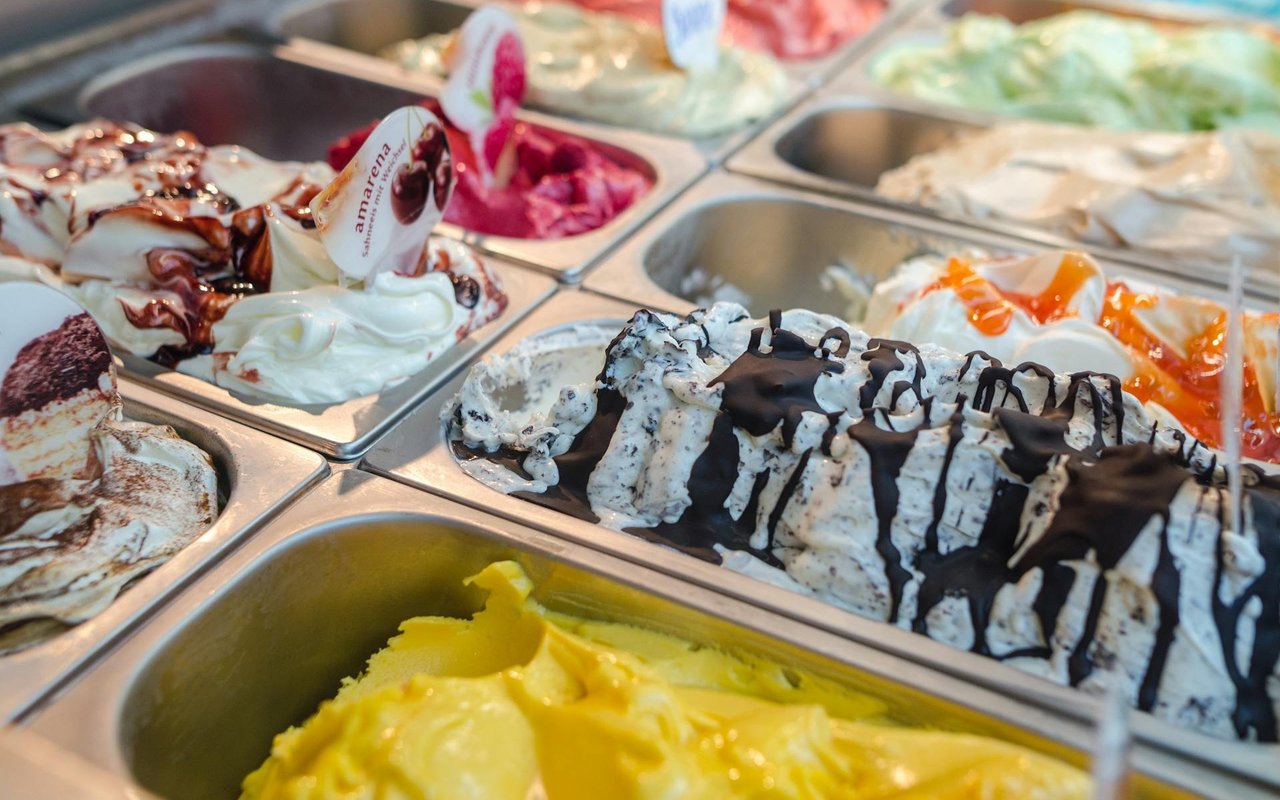
Best Ice Cream in Boca Raton
- 11/6/25
Since I happen to be a big fan, I decided to pay homage to my favorite ice cream shops around Boca Raton.
Read MORE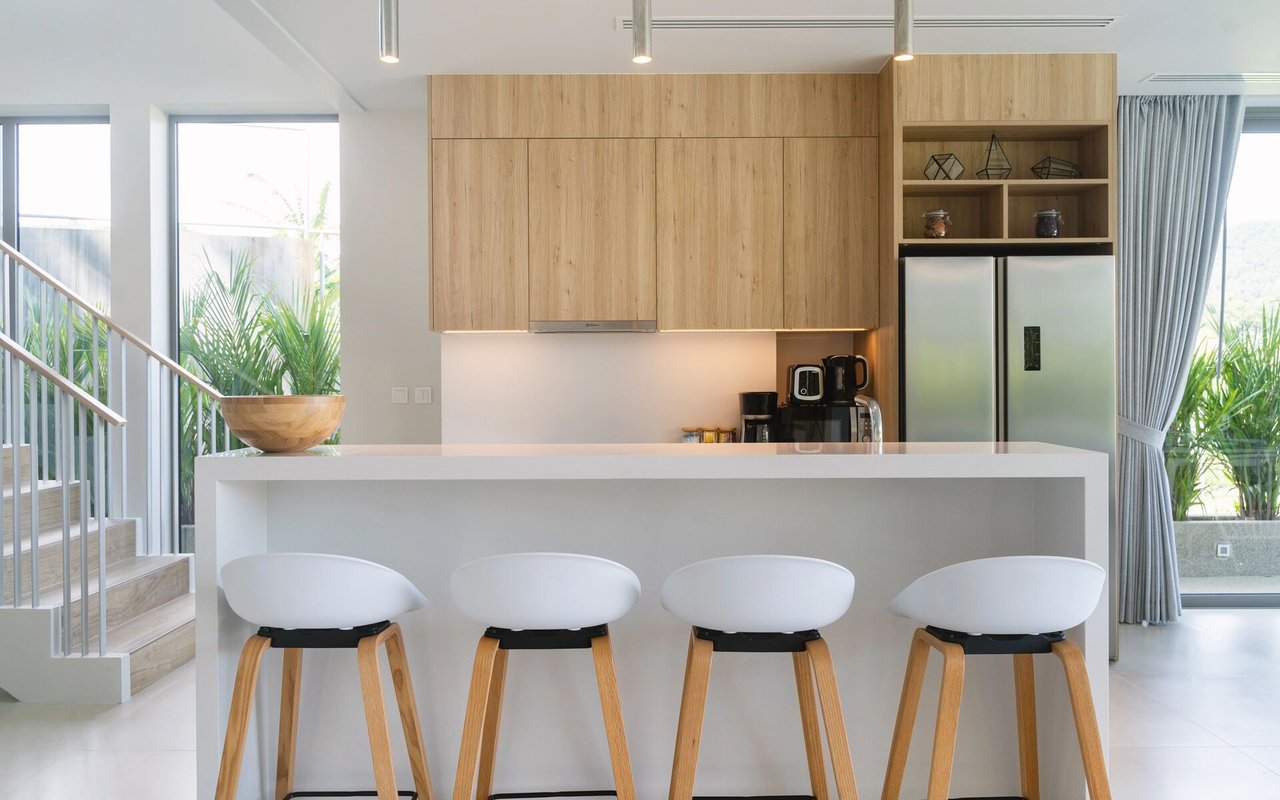
Designing the Ultimate Home Bar for Luxury Homes in Boca Raton
- 01/6/25
The best home bars in Boca Raton’s luxury homes balance cohesiveness and individuality.
Read MORE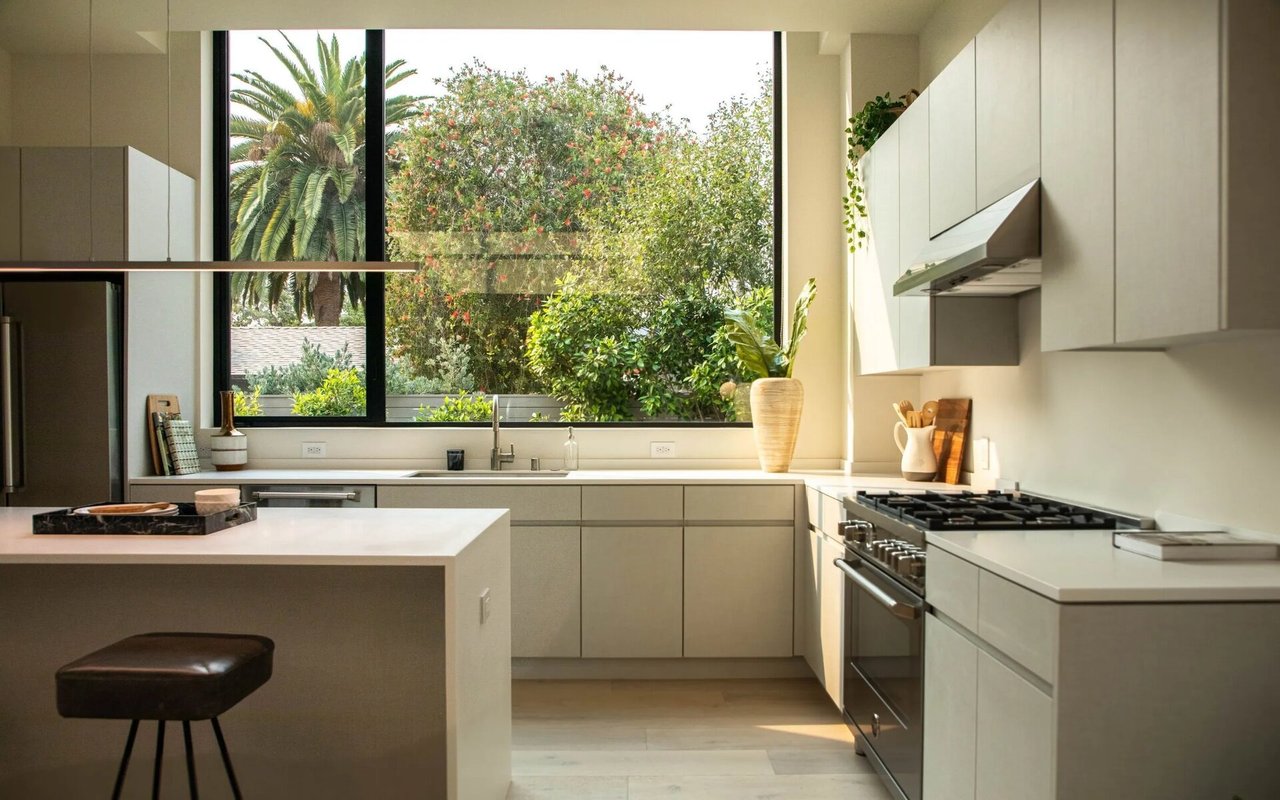
How to Create a Timeless Kitchen
- 10/9/23
It’s important to hone in on the space you’re creating and ensure it complements its environment.
Read MORE
Why Your House Didn’t Sell
- 10/2/23
Here are three questions to think about as you figure out what to do next.
Read MORE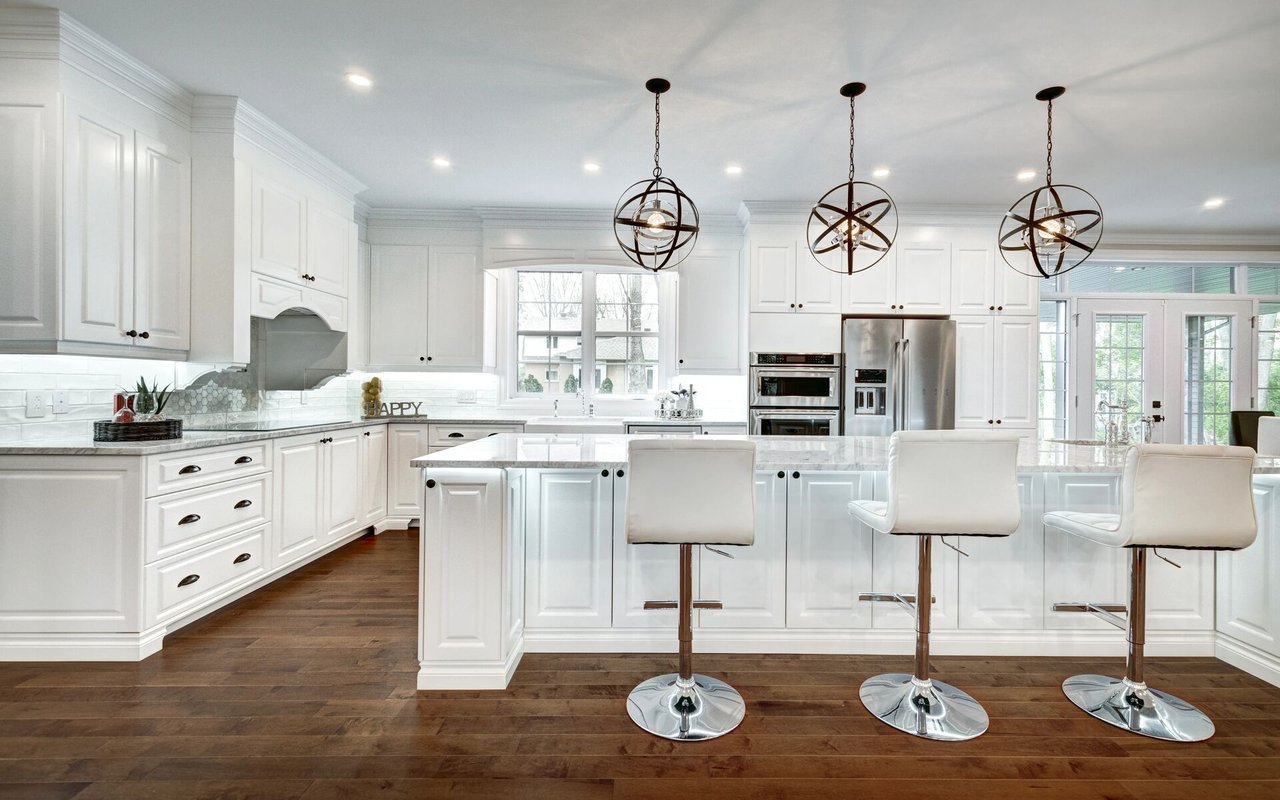
Pricing Your House Right Still Matters Today
- 09/18/23
Here’s what’s at stake if that price isn’t accurate for today’s market value.
Read MORE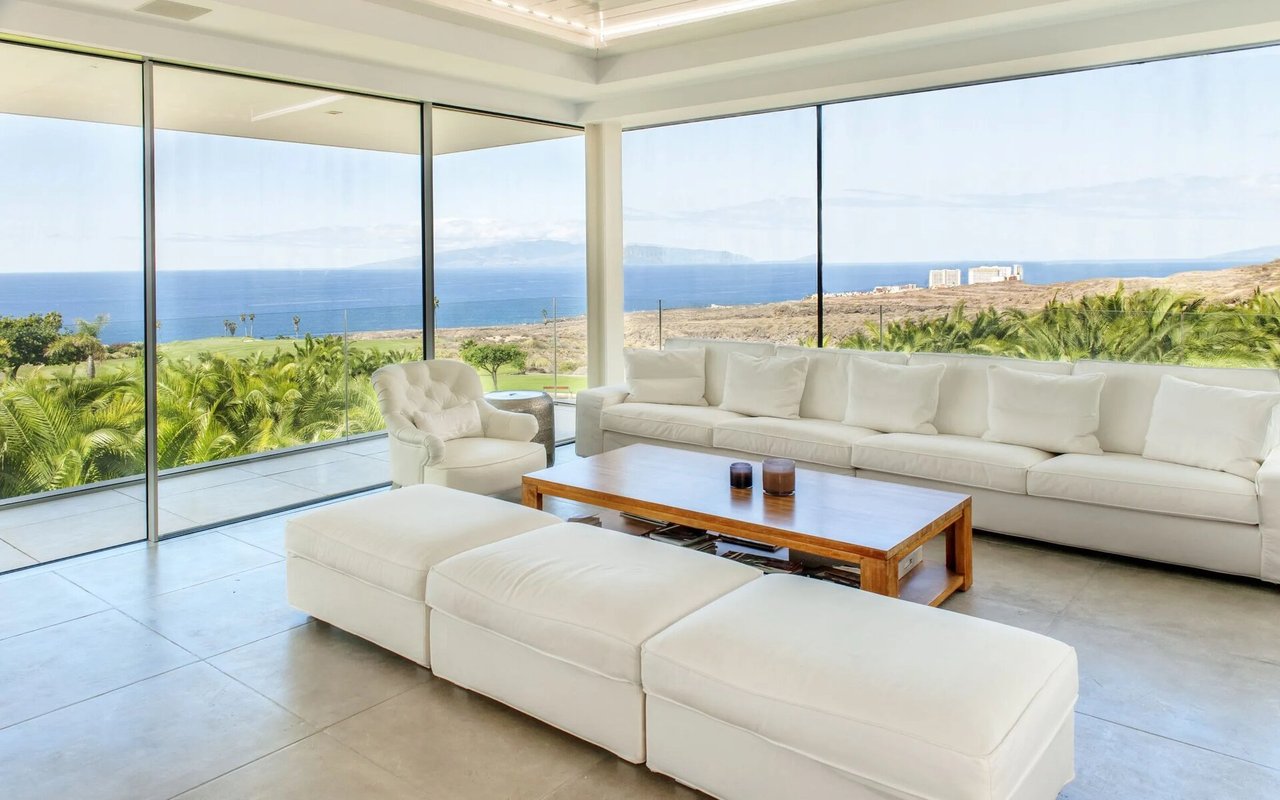
The Value of an Agent When Buying Your New Construction Home
- 09/5/23
Here's how your agent is an invaluable resource in your search to find and buy your new home.
Read MORESorry, we couldn't find any results that match that search. Try another search.
